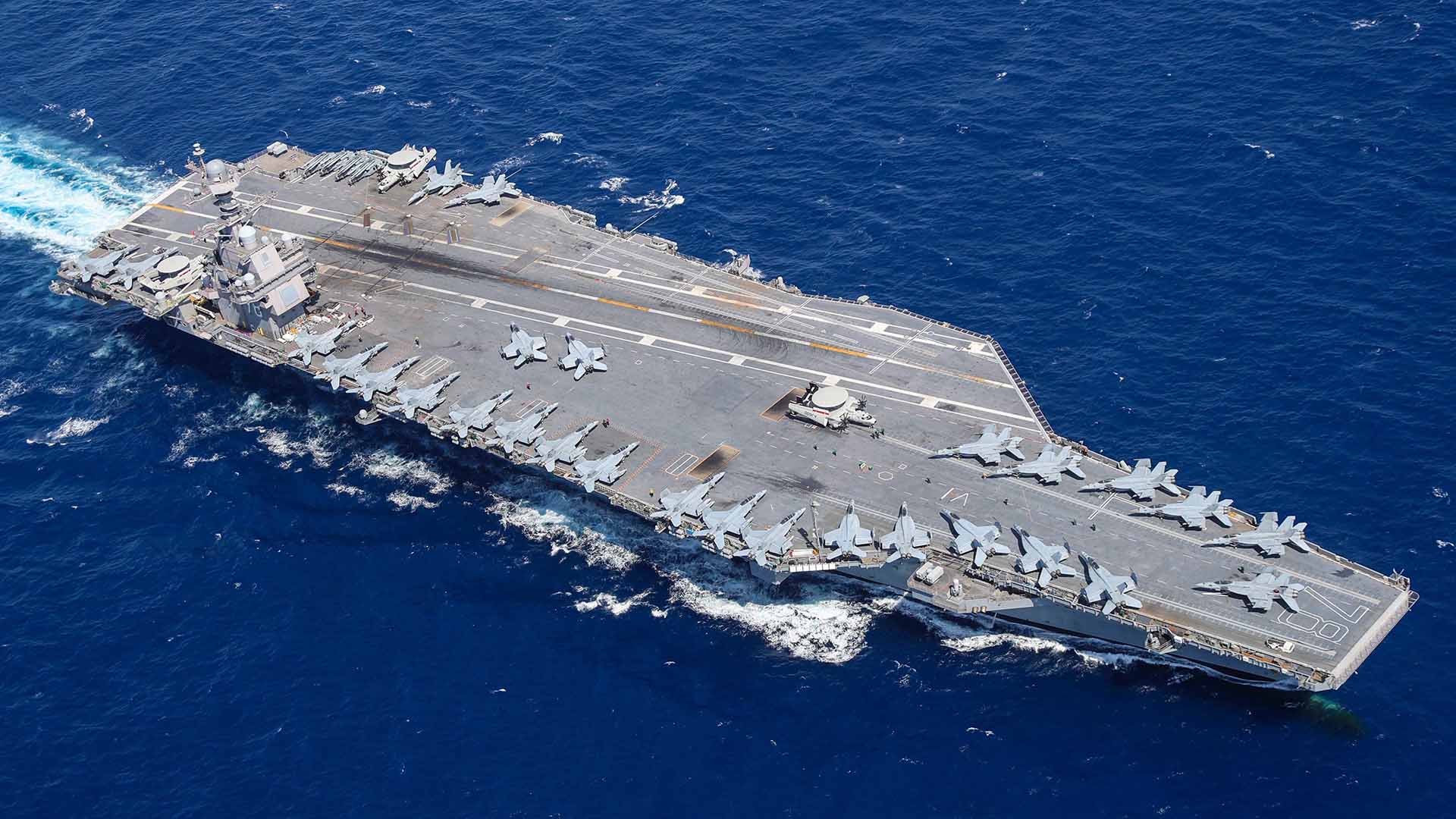Navy to buy Cheap Drone Killers as $4 Million Missiles Prove too Costly for Modern Threats

NEW YORK – The United States Navy is making an urgent shift in how it defends its most valuable assets at sea, driven by the blunt reality that using multi-million-dollar missiles to shoot down cheap enemy drones is a losing financial proposition. Recent combat experience, notably the sustained attacks by Iranian-backed Houthi forces in the Red Sea, has exposed a critical vulnerability in the cost-exchange ratio, compelling the service to accelerate the deployment of less expensive, purpose-built drone interceptors like Raytheon’s Coyote Block II and Anduril’s Roadrunner-M. These new turbojet-powered weapons are now being integrated onto Arleigh Burke-class destroyers, beginning with those assigned to the USS Gerald R. Ford carrier strike group.
The problem became undeniable over the past year and a half. U.S. Navy destroyers operating in the Red Sea expended over 220 high-end surface-to-air missiles – including SM-2s, SM-6s, and ESSMs – at a collective cost approaching one billion dollars, simply to protect commercial and military vessels from Houthi drones and missiles. With missiles ranging from $1.5 million for an ESSM to $4.3 million for an SM-6, the cost of defense often dwarfs the cost of the incoming threat, which can be as little as tens of thousands of dollars for a one-way attack drone. This unsustainable expenditure rate highlighted that while the Navy possessed the technical capability to intercept threats, it lacked the economic depth to do so indefinitely against massed, low-cost attacks.
The Coyote Block II and Roadrunner-M systems offer a pragmatic answer to this challenge. Raytheon's Coyote Block II is an expendable turbojet interceptor designed specifically to hunt drones. It carries a modest 1.8-kilogram blast-fragmentation warhead intended to create a lethal fragment field upon detonation near a target. Anduril's Roadrunner-M, also turbojet-powered, introduces a reusable capability, able to return to its shipboard "Nest" for recovery, refueling, and relaunch if it does not need to engage a target. This reusability is particularly valuable for patrols or deterrence missions where intercepts are infrequent, amortizing the unit cost over multiple sorties.
These new interceptors operate differently than traditional ship-based missiles. They are launched from deck-mounted systems, avoiding consumption of the precious Vertical Launch System cells needed for larger, longer-range missiles. Detection and tracking are handled by systems like Raytheon’s KuRFS radar, capable of spotting very small airborne objects. The interceptors can loiter in the air for several minutes, providing a rapid-response screen around the strike group, with the Coyote reportedly effective out to about 15 kilometers. This close-in, persistent capability complements the longer reach of standard missiles and provides a crucial layer against threats that might slip through or overwhelm outer defenses.
The combat value of these systems lies primarily in their cost efficiency and the resulting increase in magazine depth. A Coyote, priced around $100,000 to $125,000, represents a fraction of the cost of even the Navy's cheapest traditional interceptors. This makes engaging inexpensive drones economically feasible. Deploying launchers with multiple Coyotes, for instance, adds significant defensive capacity without impacting the ship's primary missile loadout. The Army has already proven the kinetic Coyote Block II's effectiveness, integrating it into their counter-drone systems and claiming over 170 intercepts in combat, demonstrating the system's operational viability against real-world threats.
The integration roadmap for these new systems is proceeding rapidly, starting with destroyers in the Ford strike group in the current fiscal year. Plans include expanding deployment to Flight III Arleigh Burke-class destroyers and the new Constellation-class frigates in the coming years, eventually reaching amphibious and logistics ships. While technical challenges related to integration with existing ship systems, like potential electromagnetic interference and cybersecurity certification, must be addressed, the operational imperative driven by the Red Sea experience is pushing this fielding forward. These interceptors are not a silver bullet, but a necessary, cost-conscious layer in a multi-tiered defense strategy.
Ultimately, the deployment of Coyote Block II and Roadrunner-M signifies the Navy's adaptation to a fundamental shift in the nature of naval threats. By introducing a low-cost, high-volume counter-drone capability, the service aims to regain the economic advantage against adversaries employing asymmetric tactics. This preserves the fleet's inventory of expensive, long-range interceptors for the high-end threats they were designed to counter, while providing a sustainable defense against the pervasive drone menace. It is a pragmatic step towards ensuring the endurance and survivability of carrier strike groups in an evolving combat environment, and buys time for future directed-energy weapons to mature.
